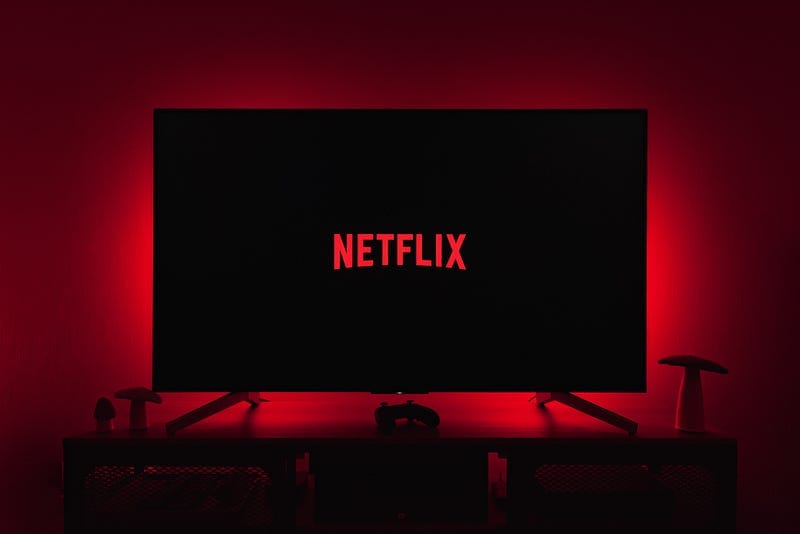Dealing With Netflix’s Subscriber Loss Is More Complex Than Just Turning On Ads | AdExchanger
The debate following Netflix’s recently released Q1 results illustrates the need for a less binary perspective on advertising vs…

The debate following Netflix’s recently released Q1 results illustrates the need for a less binary perspective on advertising vs. subscription models.
While it was Netflix that most recently captured the headlines, there’s been a notable rise in streaming service cancellation across the board. According to the FT and Kantar, in the UK alone, “consumers walked away from about 1.5 million video-on-demand accounts, such as Disney+, Apple TV+ and NOW, during the first three months of the year.”
Part of the ad tech sector reacted to the news with a sports-fan-like flurry of cheerful, almost celebratory posts and tweets. This response gives us a powerful opportunity to decouple the views of those celebrating the potential for their own revenue increase from the long-term interest of media owners and well-rounded media monetization strategies, which focus on the audience’s wants and needs.
Making sense of monetization
Media monetization is not a game between advertising and subscription teams. It is not a race, unless your own company has a vested interest in one of the two sides. This is why it is fundamental for media owners to read between the lines and put the whole debate into perspective.
Ideological approaches are the death of media monetization. We saw it with the programmatic open marketplace’s broken promises, of which media owners have been both victims and accomplices. Fortunately, times are changing.
An ad tech company that suggests applying a blueprint to media monetization, a rigid framework that would ignore the characteristics of each media owner’s specific audiences, is just being selfish.
Media products are different, and audiences are not immutable entities. They evolve and adapt to external and personal factors, whether they subscribe to Netflix, Disney+ or Prime Video.
They cannot be seen simply as eyeballs or IDs, which ad tech aims to universally track. They are individuals and families with daily successes and struggles, who are affected by external factors: inflation, energy prices, political turmoil. They might also, as it happens, decide to cancel their streaming service and reduce the number of their subscriptions.
A strategy that satisfies everyone
A solid data, audience and monetization strategy engages the day-to-day, constantly listening to the audience and the environment and evolving with them.
While recent developments were related to streaming services, they apply to all media environments. Strategy should be built around an “always-on,” rather than an “on/off,” mindset. It should be proactive rather than reactive. And results shouldn’t only be relevant after the fact or on a periodic basis.
The secret to success is developing a unified, robust approach that can support tweaks and changes to the strategy without restarting from scratch. A rigid and immutable “advertising vs. subscription” clash will not maximize the results.
The above is in the interest of both the sell and buy sides, as engaged audiences and great user experiences are the most important elements of a quality advertising environment.
A “Netflix, we told you so!” attitude is born from a narrow view. A one-size-fits-all audience and monetization strategy set in stone is the very first one to crack. It misses the nuances in media monetization which differentiate mere survival from success.
Originally published at https://www.adexchanger.com on May 5, 2022.





